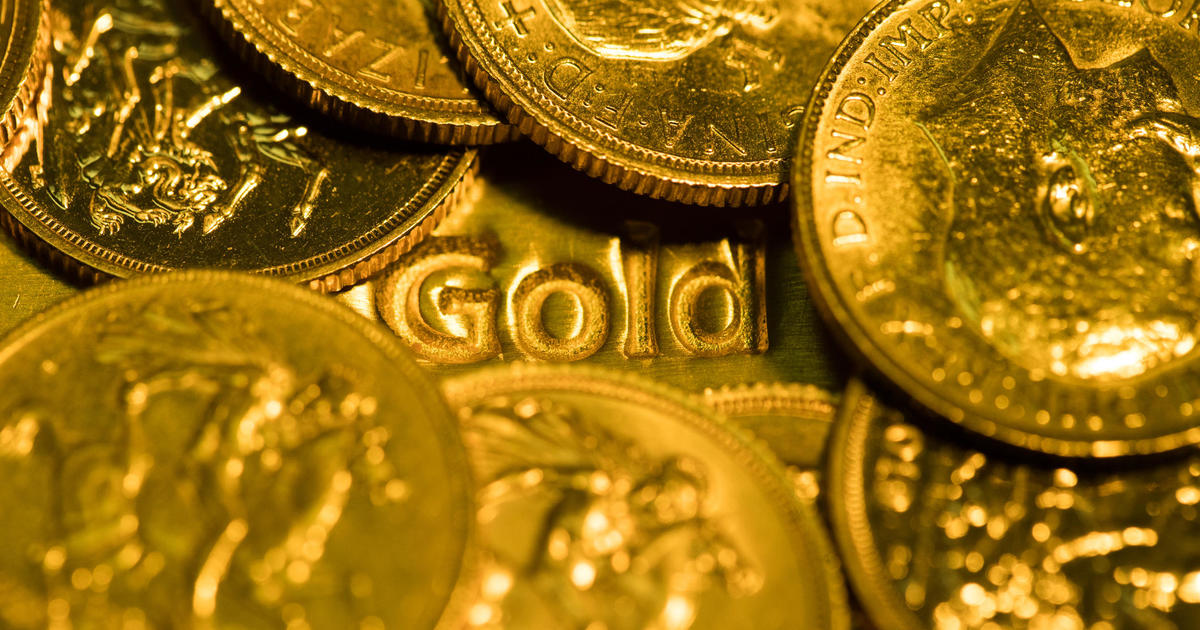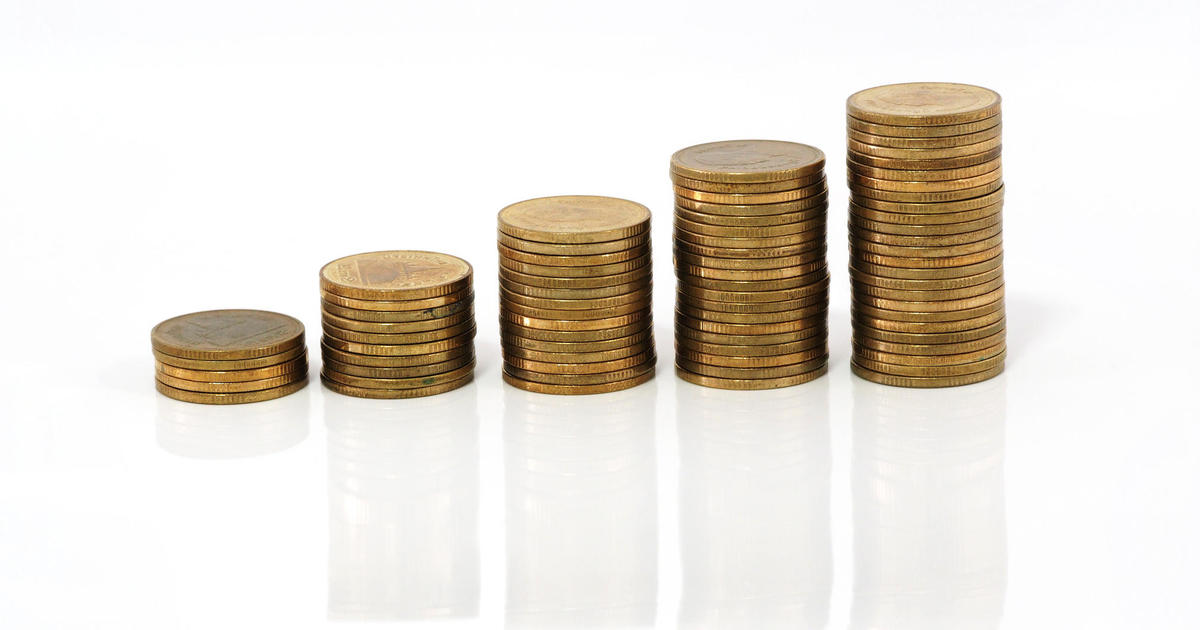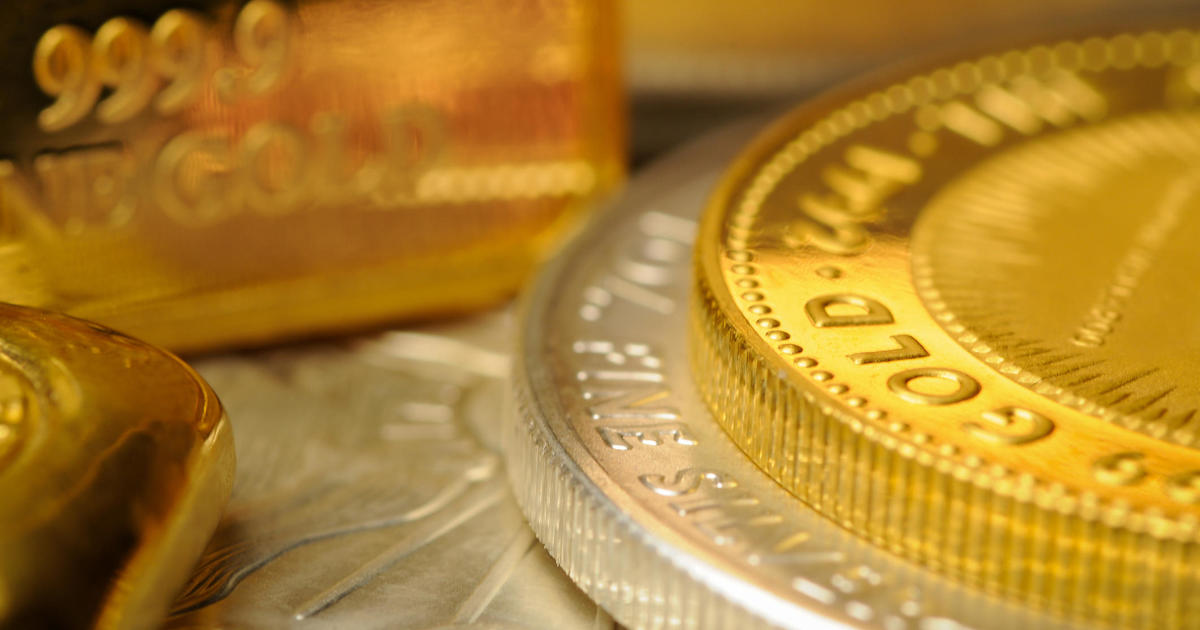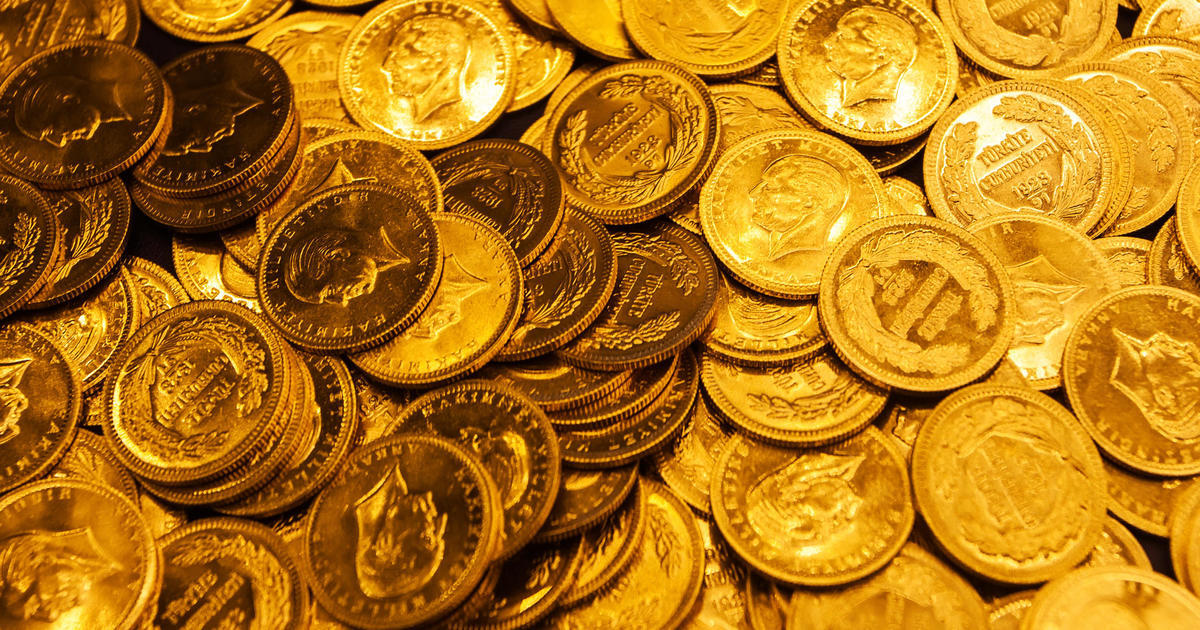What a $1,000 gold investment 10 years ago would be worth today
Gold's value has been recognized for thousands of years, and it continues to hold a unique place in the world of investments. Not only can this precious metal help to reduce the risk from other investments in your portfolio, but it can also help protect your wealth and hedge against inflation.
Most other types of investments simply can't offer those types of benefits to investors. That's a large part of why so many investors have flocked to this precious metal recently, whether they're investing in gold bars and coins, gold stocks and ETFs or preparing for retirement with a gold IRA. And, given the current uncertainties with the economy, it's likely that even more investors will put money into gold in the coming months and years.
But what exactly can new investors expect to see in terms of gold's price growth? A variety of factors can impact the price of gold, including economic conditions, geopolitical events and market sentiment. And, over the past decade, gold's price has experienced both ups and downs, making it an interesting case study. Let's take a look at what a $1,000 investment in gold 10 years ago would be worth today.
Learn more about the benefits of gold investing here.
What a $1,000 gold investment 10 years ago would be worth today
In October 2013, the price of gold was approximately $1,325 per ounce, according to historical price data from the World Gold Council. If you had invested $1,000 in gold at that time, you would have been able to purchase roughly 0.753 ounces of gold.
Now, let's fast forward to the present.
As of October 2023, the price of gold hovers at about $1,900 per ounce. So, if you held onto your 0.753 ounces of gold from your initial $1,000 investment, it would be worth approximately $1,432 today. This means that your $1,000 investment would have grown by about 43% in nominal terms.
Inflation-adjusted returns
However, it's important to consider inflation when assessing your investment's real (inflation-adjusted) returns. Inflation erodes the purchasing power of your money over time. To calculate the real returns, you would need to adjust your investment for the inflation rate over the past decade. The exact inflation rate can vary, but a rough estimate is about 2% per year.
If you factor in an average annual inflation rate of 2%, your $1,000 investment would need to grow to about $1,218 to maintain its purchasing power over 10 years — which it has. So, over the last decade, the nominal value of your gold investment has increased, and its growth has kept pace with inflation — and also surpassed it.
Explore your gold investing options online here.
The benefits of investing in gold
In addition to gold's growth outpacing inflation, it offers several other benefits to investors:
- Diversification: Gold tends to have a low correlation with traditional financial assets, such as stocks and bonds. This makes it an effective diversification tool in your investment portfolio, helping to reduce overall risk.
- Hedge against inflation: Gold can serve as a hedge against inflation (demonstrated above) as it generally retains its value during periods of rising prices.
- Store of value: Gold is often considered a store of value, and it has a historical track record of preserving wealth over time.
- Safe haven asset: During times of economic uncertainty, gold can act as a safe haven asset, with its price often rising when other markets decline.
The risks of gold investing
While gold investing can come with big benefits for investors, it's also crucial to be aware of the possible risks associated with investing in gold, including:
- Short-term price volatility: While gold tends to hold its value over time, the price of gold can be volatile from day to day, leading to substantial short-term fluctuations.
- Lack of income: Unlike stocks or bonds, gold doesn't provide regular income in the form of dividends or interest.
- Storage and transaction costs: If you physically own gold, you may incur costs for storage and insurance. Buying and selling physical gold also involves transaction costs.
- No guaranteed returns: Gold doesn't generate any inherent returns like interest or rental income, so its value relies solely on supply and demand dynamics.
The bottom line
A $1,000 investment in gold 10 years ago would be worth more today in nominal terms. And, while the value of gold tends to grow slowly, gold investing can be a smart move for most investors, as its primary appeal lies in its role as a diversification tool and store of value, particularly during times of economic uncertainty.
That said, as with any investment, it's important for investors to carefully consider the risks and costs associated with gold investing and not rely solely on it for long-term wealth accumulation. After all, diversification and a well-thought-out investment strategy are essential components of any successful financial plan.




